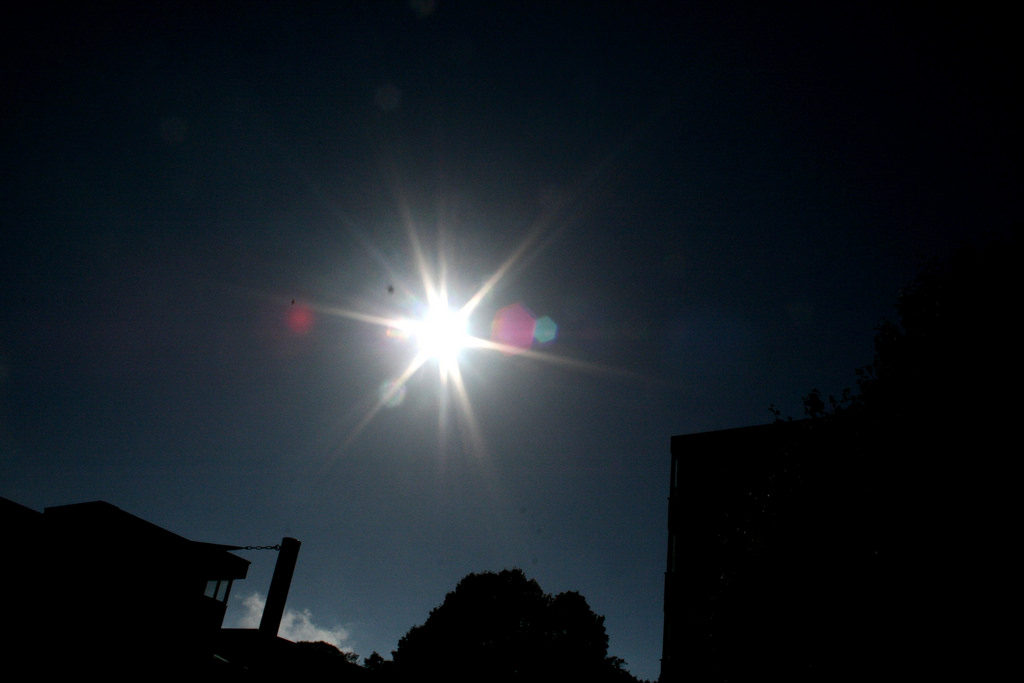
When we think of solar power, we usually are talking about the panels that generate electricity using the photovoltaic effect. These panels are on millions of rooftops around the world and in utility-scale solar farms. There are also solar water heating systems that use the sun’s heat to provide hot water for homes and businesses.
However, there is another option to make use of the sun’s energy, which is concentrated solar power plants that make use of the heat from the sun to generate electricity. Mirrors or lenses concentrate a lot of sunlight into a small area and the resultant heat is transferred to a molten salt. Heat from the molten salt is then transferred to a working fluid that expands and works to spin a turbine to generate electricity.
An advantage to this approach is that heating up the molten salt is a way to store energy from the sun and electricity can then be generated when it is needed, even at night.
A research group at Purdue University is working to make concentrated solar power plants more efficient and cost-effective. To accomplish this, the turbine engines need to generate more electricity for the same amount of heat, which means that the engines need to run hotter.
The new research is on materials for heat exchangers, which transfer heat from the hot molten salt to the working fluid. Existing materials can’t withstand the higher temperatures desired. The Purdue group has developed a new composite material that can withstand higher temperatures and gas pressures and can be made as cheaply or even at lower cost than current materials.
Ultimately, the technology would allow for more renewable solar energy on the electricity grid.
**********
Web Links
New material, manufacturing process use sun’s heat for cheaper renewable electricity
Photo, posted October 7, 2010, courtesy of Flickr.
‘More Power From The Sun’s Heat’ from Earth Wise is a production of WAMC Northeast Public Radio.
Leave a Reply